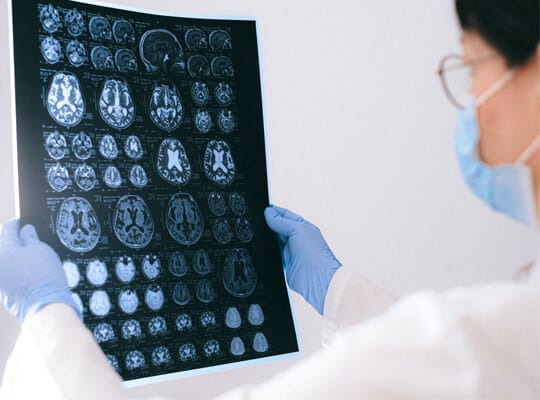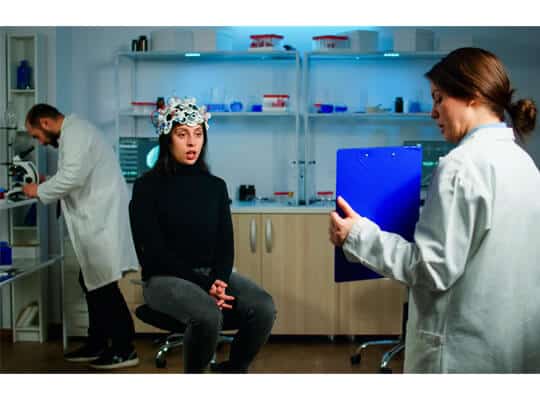Common Misconceptions About Stroke
Table of Contents
Common Misconceptions About Stroke
Stroke is one of the most misunderstood conditions. The word stroke is often used to refer to any type of brain attack, which can be misleading because it implies that a stroke is just an “attack”. In fact, strokes are not like heart attacks or attacks on other organs. A stroke happens when blood flow is blocked in the brain, usually by a blood clot that forms elsewhere in the body and travels to your brain. If you haven’t heard about strokes before and wonder what it’s like – read on!
Stroke is just a brain attack
Stroke is not a brain attack. It’s a medical emergency.
If you think of stroke as just another type of heart attack, then it’s easy to dismiss or ignore the symptoms and not get treatment right away. But that could be dangerous: If your brain isn’t getting enough oxygen because of blocked blood flow (the definition of stroke), it will start dying within minutes–and once that happens, there’s no coming back without serious medical intervention.
Stroke is also one of America’s leading causes of disability and death–so it pays to recognize all the signs and symptoms early on so that you can get help fast if they occur in yourself or someone else.

You’ll know if you’re having a stroke
- Stroke symptoms can be subtle. If you’re having a stroke, it’s important to know that your symptoms may not be obvious at first–and they might not seem like anything at all. This is especially true if the stroke occurs in your brain stem or internal carotid artery (the main blood vessel that supplies blood to your brain). Sometimes these types of strokes don’t cause any noticeable symptoms right away but cause permanent damage over time. A person who has had a stroke in this area may have difficulty speaking clearly or understanding what others say (aphasia), as well as dizziness or loss of balance (ataxia).
- Strokes can be confused with other conditions that present similar symptoms. It’s also possible for people who don’t realize they’ve had a stroke to mistake their symptoms for something else entirely: You might think someone else is having a heart attack when really he just needs new glasses; she might assume her difficulty walking down stairs was due solely to aging knees when really she suffered an anterior circulation infarct during her morning run (ACI).
- The most common symptom of stroke is weakness on one side of the body; however, many other conditions share this symptom with strokes–including syncope (fainting), transient global amnesia (TGA) and seizure disorders such as epilepsy

Strokes only happen in older people
Strokes can happen to anyone, at any age. However, the risk of stroke increases as you get older. Your chance of having a stroke goes up if:
- You’re over 65 years old
- You’re female and 55 years or older (for example, if you are 65)
- You’re male and 65 or older (for example, if your age is 66)
The risk also goes up if:
- You have high blood pressure or high cholesterol levels
There’s no point in calling an ambulance if someone has had a stroke
If you suspect that someone is having a stroke, call an ambulance. Paramedics can help you to recognize the symptoms of a stroke and may be able to get treatment started before arrival at hospital.
Only men have strokes
A common misconception is that only men have strokes. However, women are more likely to have a stroke than men and less likely to seek treatment for stroke symptoms. This contributes to the fact that women are often misdiagnosed with other conditions or simply ignored by doctors when they present with symptoms of a stroke. As a result, many die from their first stroke because it wasn’t recognized in time.

Strokes are rare, so it won’t affect me
You may be surprised to learn that strokes are not as rare as you might think. They’re the third leading cause of death in the U.S., and more than 800,000 people have one each year–that’s about one every 40 seconds! That’s why it’s so important for you to know how to recognize signs and symptoms, who should seek medical attention after a stroke and what treatments are available if you or someone you care about has had one.
Knowing the facts about stroke can help you recognize symptoms and seek treatment sooner
A stroke is a medical emergency that occurs when blood flow to the brain is interrupted. Brain cells begin to die, causing permanent damage. The symptoms of stroke can appear suddenly and vary depending on where the clot is located in your brain.
The best way to know if you’re having a stroke is by knowing what they are and how they affect people’s lives. If you notice any of these signs or symptoms, call 911 immediately!
We hope that this article has helped you understand the facts about stroke. Now that you know what to look for, you can be sure that if anyone in your family or community is experiencing symptoms of stroke, they’ll get the treatment they need as soon as possible.
For More Information
Please do not hesitate to contact us for more information on the subject.



